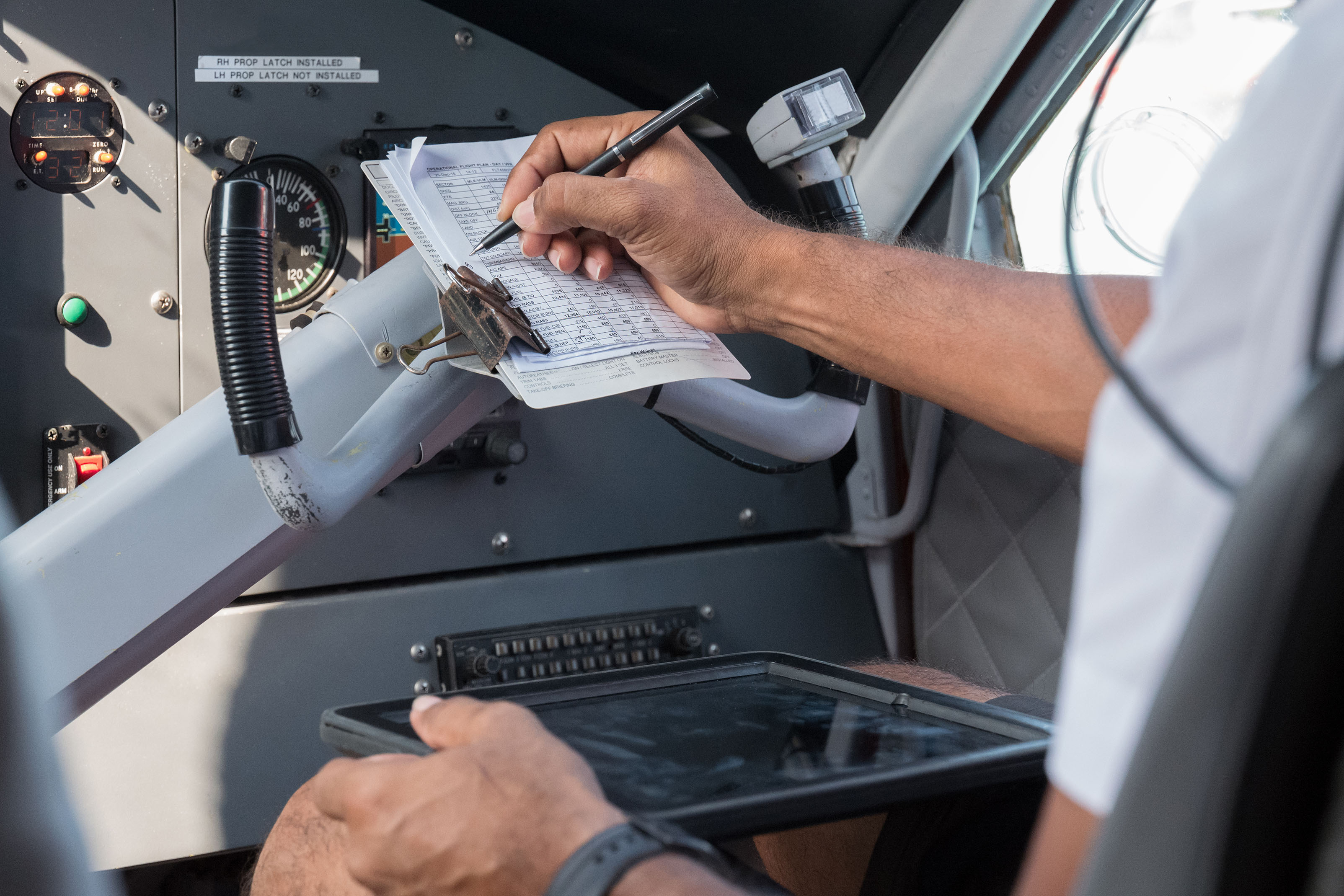Using Mobile Technology to Increase NAS Efficiency & Predictability
As the FAA moves toward predominent use of Time-Based Management (TBM) as part of enabling Trajectory Based Operations (TBO), more flights will be required to meet scheduled crossing times at certain locations along route. Accurately meeting scheduled crossing times is critical to realizing TBO benefits.
Challenge
Only aircraft with advanced avionics are currently able to do this directly and efficiently. Lesser-equipped aircraft do not realize all potential benefits.
Opportunity
MITRE is researching low-cost mobile techn ology to enable pilots of lesser-equpped aircraft to accurately meet scheduled crossing times at points along route and provide information back to Air Traffic Control (ATC) systems. This will increase efficiency and prdictablithy for flight operators and the entire National Space System.
Electronic Flight Bag (EFB) Concept
- Pilots use EFB application to meet crossing times issued by ATC.
- EFB application integrates flight plan, weather data, ATC constraints, and company data to optimize solution.
- Pilots follow application-generated speed advisories to meet the crossing time.
- When internet connectivity is available, EFB provides flight-specific intent information, such as planned top-of-descent, to ATC ground systems.
Potential Benefits
- Accurately meeting crossing times requested by ATC could significantly reduce the need for less efficient ATC interventions such as vectors and holding patterns.
- Accurately meeting crossing times will enable operators to fly more efficient procedures such as Optimized Profile Descent
- Providing flight intent data from EFB to ATC systems will enable operators to fly business optimized flight profiles more often.

